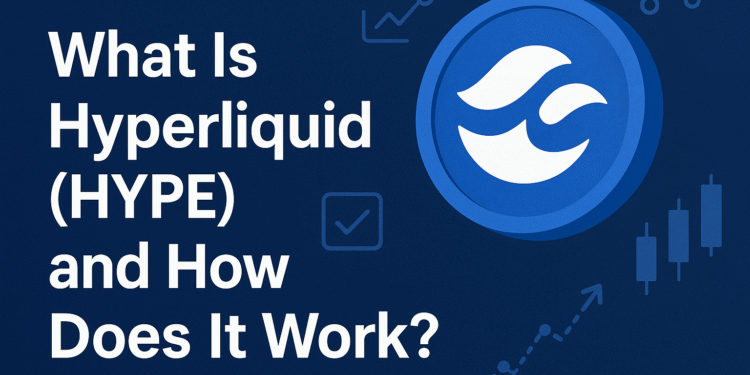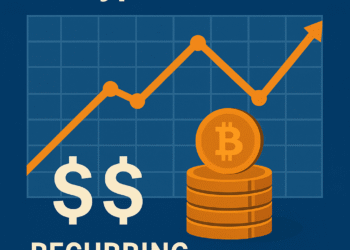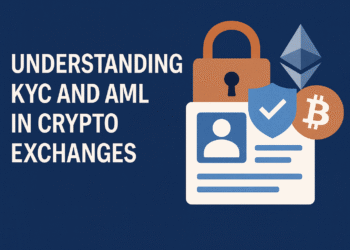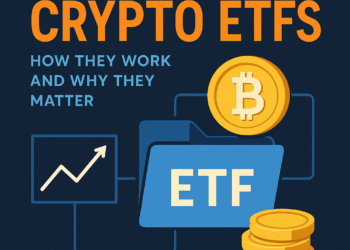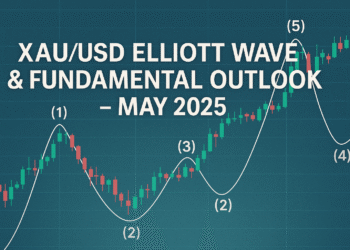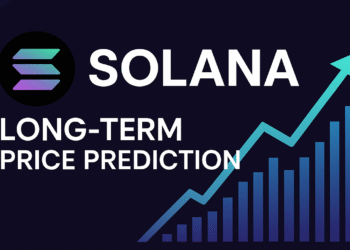Introduction: The Rise of Decentralized Perpetual Exchanges
In the evolving landscape of crypto trading, decentralized perpetual exchanges have emerged as a compelling alternative to traditional centralized platforms. These exchanges offer traders the ability to access derivatives markets directly on the blockchain, ensuring greater transparency, self-custody, and censorship resistance. As the appetite for on-chain derivatives grows, platforms like dYdX and GMX have paved the way for new entrants to push the boundaries of speed, liquidity, and user experience. Among these, Hyperliquid has quickly gained attention as a next-generation solution, promising to bridge the performance gap between centralized and decentralized trading.
What Is Hyperliquid? An Overview
Hyperliquid is a decentralized perpetual exchange built from the ground up to deliver the speed and efficiency of centralized order books while retaining the core benefits of blockchain technology: transparency, non-custodial control, and open access. Designed and developed by a team with backgrounds in high-frequency trading and blockchain engineering, Hyperliquid’s mission is clear: to make decentralized derivatives trading as fast, liquid, and reliable as its centralized counterparts.
At its core, Hyperliquid enables users to trade perpetual futures—derivative contracts with no expiry—directly on-chain. Perpetuals have become a staple in the crypto industry, allowing traders to speculate on the price movements of assets with leverage and continuous trading. Hyperliquid aims to offer this experience with minimal latency, deep liquidity, and full transparency for both retail and institutional participants.
How Hyperliquid Works
A Custom Layer 1 Blockchain for High-Performance Trading
Unlike many DeFi protocols that launch on existing blockchains, Hyperliquid operates on its own custom Layer 1 blockchain. This bespoke infrastructure is engineered to handle the unique demands of high-frequency trading and order-book management. By controlling the base layer, Hyperliquid can optimize for low latency, high throughput, and rapid finality—key requirements for a smooth trading experience.
Off-Chain Matching Engine, On-Chain Settlement
Hyperliquid’s architecture combines the best of both worlds: the speed of off-chain computation and the security of on-chain settlement. The order matching engine operates off-chain, enabling rapid order placement, modification, and cancellation. When trades are executed, settlement occurs directly on the blockchain, ensuring that all trades are final and transparent.
This hybrid approach addresses the scalability and performance limitations commonly faced by fully on-chain order books. It allows Hyperliquid to scale efficiently, supporting thousands of trades per second while maintaining the guarantees and auditability of blockchain-based settlement.
The HYPE Token: Utilities and Ecosystem Role
The native utility token of the Hyperliquid exchange is HYPE. It plays a central role in the platform’s ecosystem, with several key utilities:
- Governance: HYPE holders can participate in the protocol’s decentralized governance, influencing decisions such as fee structures, product listings, and protocol upgrades.
- Trading Fee Discounts: Holding or staking HYPE can entitle users to reduced trading fees, incentivizing active participation and loyalty.
- Staking: Users can stake HYPE to earn a share of platform fees, fostering ecosystem alignment.
- Ecosystem Incentives: HYPE is used to reward liquidity providers, market makers, and early adopters, helping bootstrap deep liquidity and vibrant trading activity.
Key Features of Hyperliquid
- Low Fees: By leveraging its custom infrastructure and efficient matching engine, Hyperliquid offers competitive trading fees that appeal to both retail and professional traders.
- Deep Liquidity: Incentive programs and a robust architecture encourage liquidity provision, resulting in tight spreads and minimal slippage.
- Non-Custodial Trading: Users retain full control over their assets at all times, eliminating counterparty risk associated with centralized exchanges.
- Transparency: All settlements and critical protocol actions occur on-chain, providing an immutable record accessible to anyone for independent verification.
- Advanced Trading Tools: Hyperliquid supports a range of order types and risk management features, catering to sophisticated trading strategies.
How Hyperliquid Compares to dYdX, GMX, and Other Perp Exchanges
While dYdX and GMX are established leaders in the decentralized perpetuals space, Hyperliquid introduces several differentiators:
- Custom Layer 1 vs. Layer 2 or Rollups: dYdX operates on its own app-specific chain (dYdX Chain, based on Cosmos), while GMX runs on Arbitrum and Avalanche. Hyperliquid’s Layer 1 is built specifically for high-frequency order-book trading, potentially offering lower latency and higher throughput.
- Order Book vs. AMM Model: GMX relies on an automated market maker (AMM) model, where liquidity is pooled and pricing is determined algorithmically. Hyperliquid (like dYdX) utilizes a traditional order book, which is preferred by professional traders for its precision and efficiency.
- Hybrid Matching/Settlement: By keeping matching off-chain but settling on-chain, Hyperliquid achieves a balance between speed and security, whereas other protocols may prioritize one over the other.
- Token Utility: The HYPE token’s combination of governance, staking, and fee discounts aligns incentives across users, liquidity providers, and protocol stewards.
Risks and Considerations
Despite its technical advancements, trading on Hyperliquid—like any DeFi protocol—comes with inherent risks:
- Smart Contract Vulnerabilities: Bugs or exploits in protocol code could lead to loss of funds. While audits and bug bounties mitigate this risk, it cannot be eliminated entirely.
- Liquidity Dependency: Deep liquidity is crucial for efficient trading. Although incentives exist, liquidity can fluctuate, especially during periods of market stress or low participation.
- Adoption Challenges: Hyperliquid competes with well-established platforms. Sustained adoption depends on its ability to attract traders, market makers, and partners.
- Regulatory Uncertainty: The evolving regulatory landscape for on-chain derivatives could impact Hyperliquid’s operations and user access in certain jurisdictions.
Conclusion: Hyperliquid’s Growing Role in On-Chain Derivatives
Hyperliquid is at the forefront of the next wave of decentralized perpetual exchanges, aiming to deliver the speed, liquidity, and sophistication of centralized platforms without sacrificing the principles of DeFi. By leveraging a custom Layer 1 blockchain, a hybrid matching and settlement engine, and the versatile HYPE token, Hyperliquid is well-positioned to attract both seasoned traders and new entrants to the world of on-chain derivatives.
As the DeFi ecosystem matures and demand for transparent, efficient derivatives trading grows, Hyperliquid represents a significant step forward. Its success will depend on continued technical innovation, effective risk management, and the ability to foster a robust and engaged trading community. For those seeking a technical yet approachable understanding of decentralized perpetuals, Hyperliquid is a project worth watching as it shapes the future of crypto trading.


